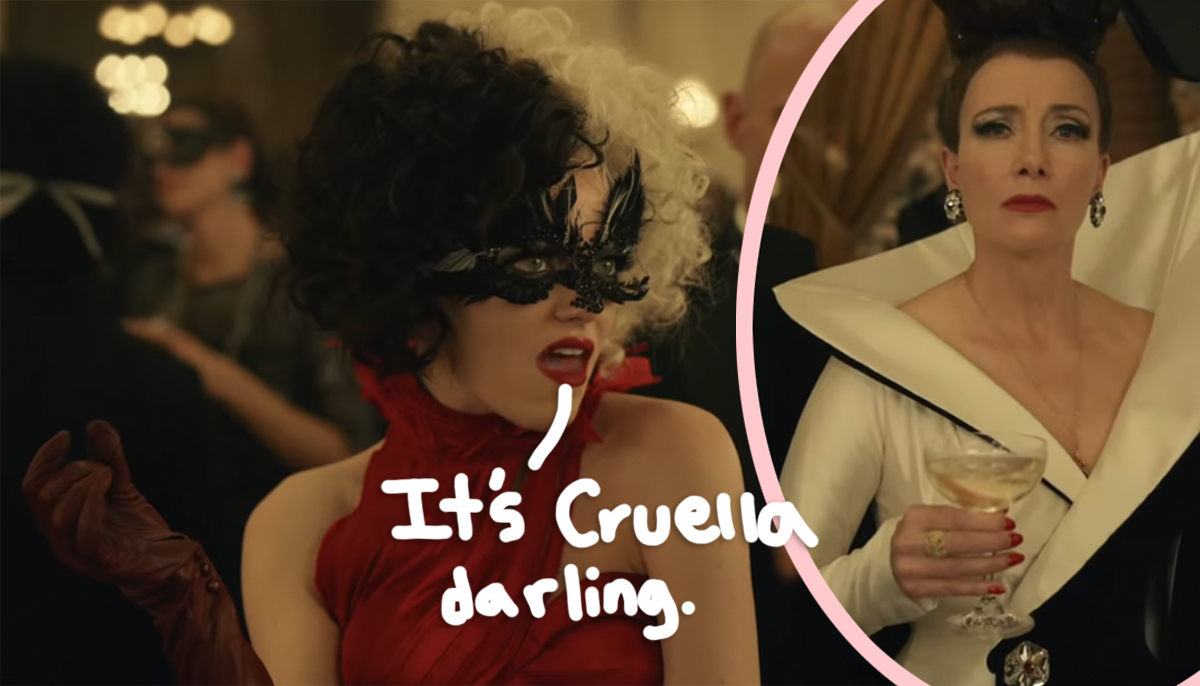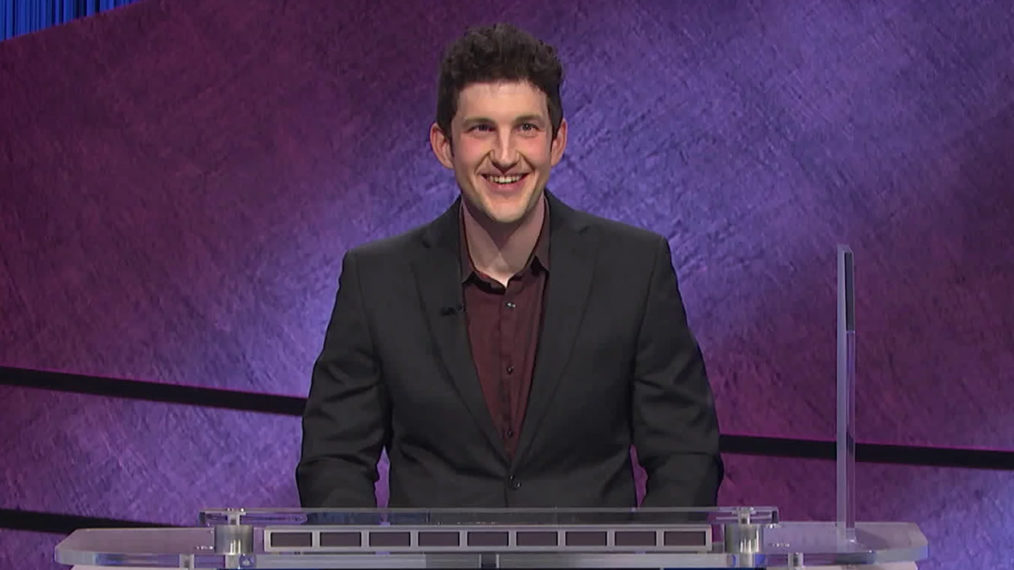#‘Anatomy of a Fall’ Producer David Thion Details Obstacles to Getting the Film From Script to Screen: “It Was a Really Long Process”

Plagued with casting and production challenges, Anatomy of a Fall, the French film now Oscar-nominated for best picture, best director, best actress, best editing and best original screenplay, was no easy film to make.
David Thion, one of the producers on the film directed by Justine Triet and starring Sandra Hüller as a woman who tries to prove her innocence in the death of her husband, talks to THR about why Triet wanted to shoot in an actual courtroom instead of a set, why it was difficult to cast the role of Daniel in the film, and why the film gives no definitive answer on whether Hüller’s character is guilty or not.
How did you get involved with the film and what made you want to be a part of it?
I did a previous movie with Justine Triet called Sybil, which was shown in competition at the Cannes Film Festival. So naturally, I wanted to work with her again… We started to work on the new movie in early 2020. And it was a very special project because there was a lockdown in France.
When you first read the script, what were your thoughts?
It was really a page-turner, and it’s very rare to have this feeling when you receive a script. The only concern that we had was about the length of the movie because the script was really long with a lot of dialogue, and the question was regarding the financiers and the distribution and the sales, but we had very good feedback from all the financiers. And in the end, it was not a problem at all because the script was so good and they were really enthusiastic about it. The other [issue] was the language because the film is shot in two languages, mainly in French, but the thought of English in the film is really important. And I must admit that at the very beginning, it was less important because Sandra was speaking mostly in French during the part in the courtroom, but when Justine was on set working with Sandra, they both decided that it was even better when Sandra was speaking in English — everything was more [free] and it was even more powerful.
Talk to me about the production of the film especially in the snowy climate that it was shot in.
We had two difficulties for the production of the film, the first one was finding the right chalet and praying for snow when we were planning to shoot end of the winter, early spring, and because of all the climate changes, it’s more and more difficult to have good forecasts in terms of weather. It was not a chalet in the high mountains. It’s a chalet at an altitude of 1,500 meters. It was a bit complicated, and our main fear or concern was having snow because otherwise we will have to do fake snow with VFX and it’s not the same. We were really lucky because we had snow at the very beginning of shooting, so we shot all the exteriors on the first days of shooting and then the snow melted on day 15 of the working schedule. The second difficulty was being able to shoot in a courtroom because Justine wanted to shoot in a real courtroom. We had to visit a lot of different places and the real difficulty is having the place and be able to shoot inside of it for like 15 days. And it’s not easy because most of the courtrooms are [in session] every day. We saw a lot of different courtroom possibilities but most of the time, they didn’t agree for us to shoot. It was really a long process, finding the right courtroom for Justine. Alternatively, we could have shot in studio, but she already did that in one of our previous film, In Bed With Victoria, but you can feel that it’s not the real courtroom. She really wanted to have this documentary touch, so it was really important for her to find a real courtroom.
Trial dramas always require a lot of precision. How did you ensure every loose end was tied up accurately?
It was quite a long process and long discussions with some lawyers, and we had a criminal lawyer who was working with Arthur Harari [co-writer] and Justine for many months, because it was really important that it was not fake, and she wanted people to believe that it’s a real case, and she wanted lawyers to have that feeling too. After the film was finished, we organized some special screenings for the people of law, and it was really interesting to have their feedback, their reaction. They were enjoying the film, because they had the sensation that it was like a case study, and some of them told us that it could be a good example for a case study for a law school.
It’s up to the audience to decide whether Sandra killed her husband or is innocent. Did you always agree with the open-ended approach?
It’s a very French way of building a story. And Justine wanted to have this open end in the film: You have to decide, you have to choose, you have to make your own opinion. And for Sandra, sometimes it was really hard for her to play because she constantly said to Justine, “Am I guilty? Am I not? What do you think?” Justine always said, “I cannot answer this question. I have the answer. But I don’t want to give you the answer. You have to choose.” Sandra said, “I cannot play this scene if you don’t, because I play differently if you think I’m guilty or if you think I’m not guilty. It’s not my decision. It has to be your decision.” And at the very last time, Justine, “okay, for me, 90% she’s not guilty, but I really want the audience to feel that there is 10% of uncertainty. You know, the shadow of a doubt.” This is really remarkable, because every time we show the movie, people argue that she did or not, and I think it tends to show who you are, because you have to make your own conclusion… we also had a lot of feedback from people saying, I really need to see it twice, or I saw it twice and my opinion changed regarding the credibility of Sandra. It’s the first time that I see this phenomenon.
I read you wanted to cast a blind or visually impaired actor for the role of Daniel, but couldn’t find the perfect actor for the part. Can you talk a little about that, and perhaps Sandra’s involvement?
It took us at least six months, because we started with the idea of finding a blind kid or a visually impaired kid. We had been searching for like six months in France, Belgium, Switzerland, everywhere in the French speaking territories, and we didn’t find the right child. Justine was depressed because she really wanted not to cheat with that, but she also really wanted to have the right child because it was really important that he can play and he can move when playing, so she decided to open the casting process to other children. And it took us three additional months to find Milo [Machado Graner] and we had three different casting directors working at the same time for that role. So in total, we spent nine months trying to find the right person and we eventually found him and he is amazing in the film. Justine wrote for Sandra but she didn’t let her know that she was writing for her. When she was far along [with the script], she said, “I would like to make another film with you. I’m writing something I’m quite happy with. Would you have time to read if I sent you a draft in two months?” We were very happy with the response of Sandra because she read the script very quickly and she said, “I love the script. I love the character. It’s a gift for me so of course I really want to make this film with you.”
If you liked the article, do not forget to share it with your friends. Follow us on Google News too, click on the star and choose us from your favorites.
If you want to read more Like this articles, you can visit our Social Media category.




